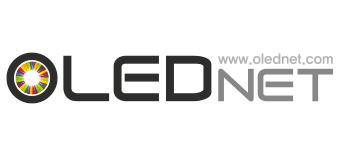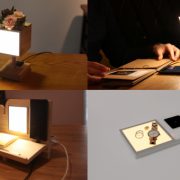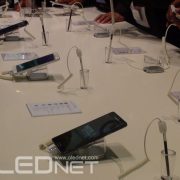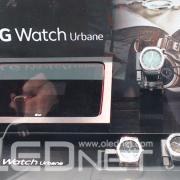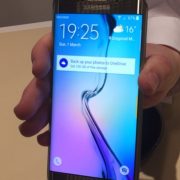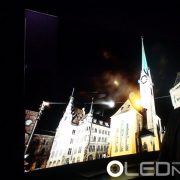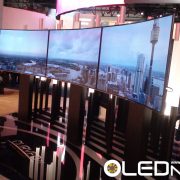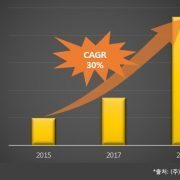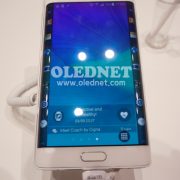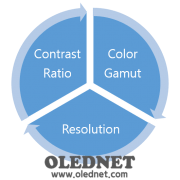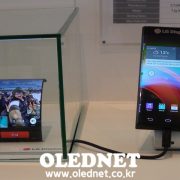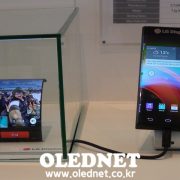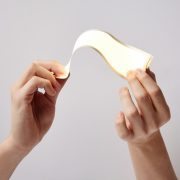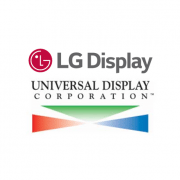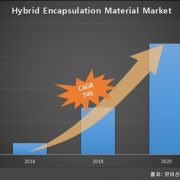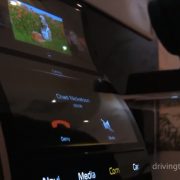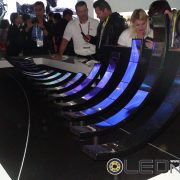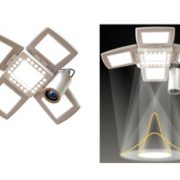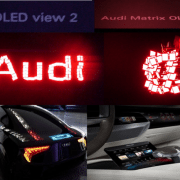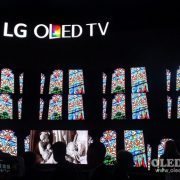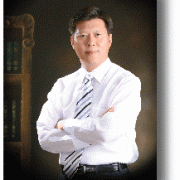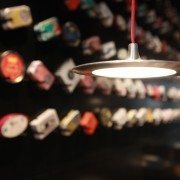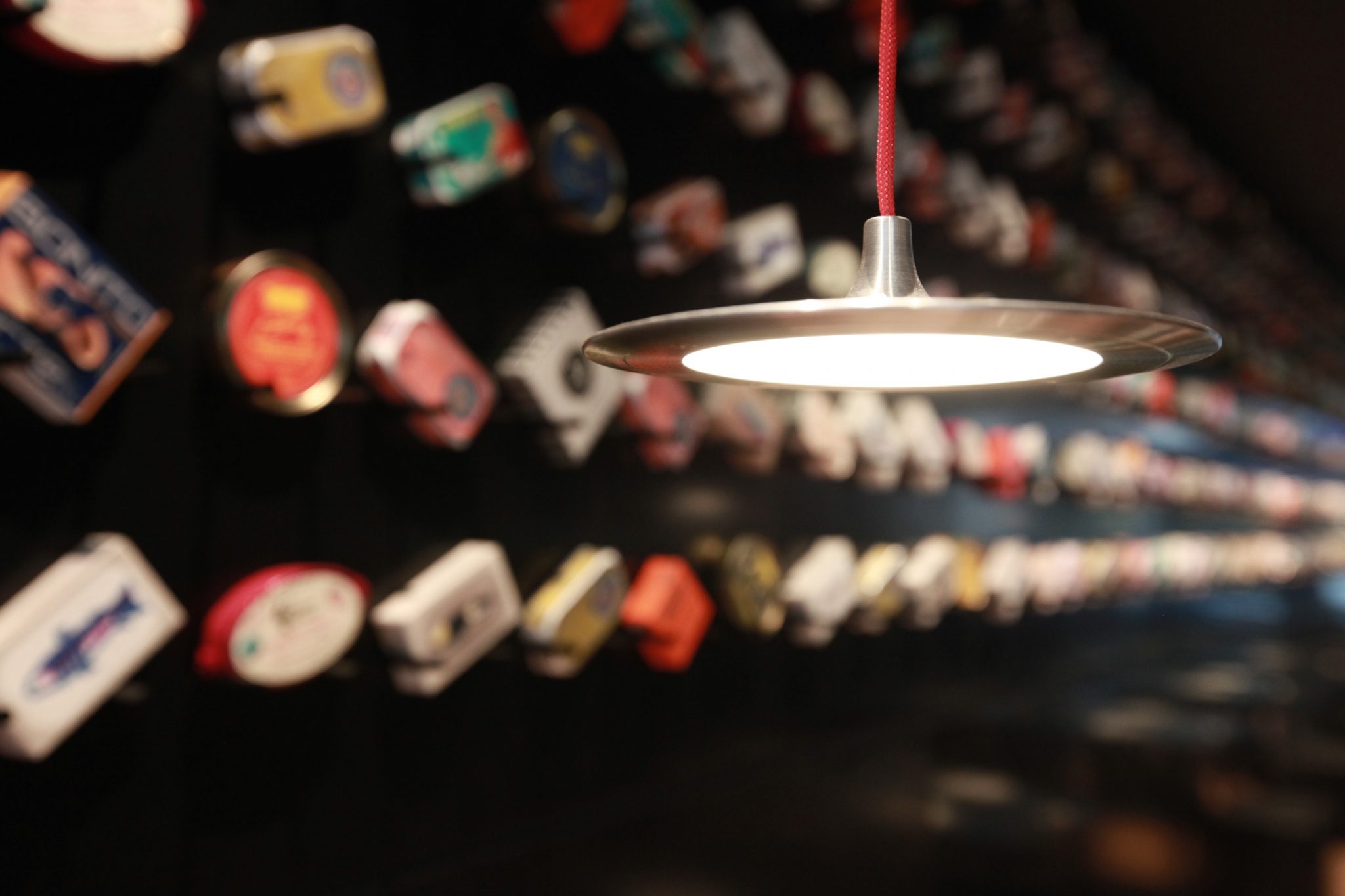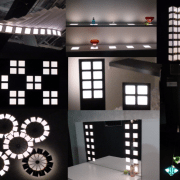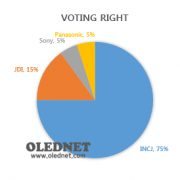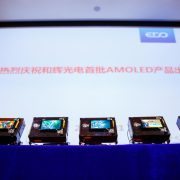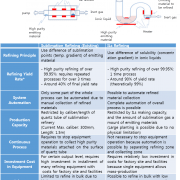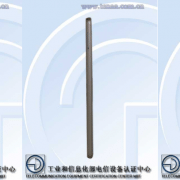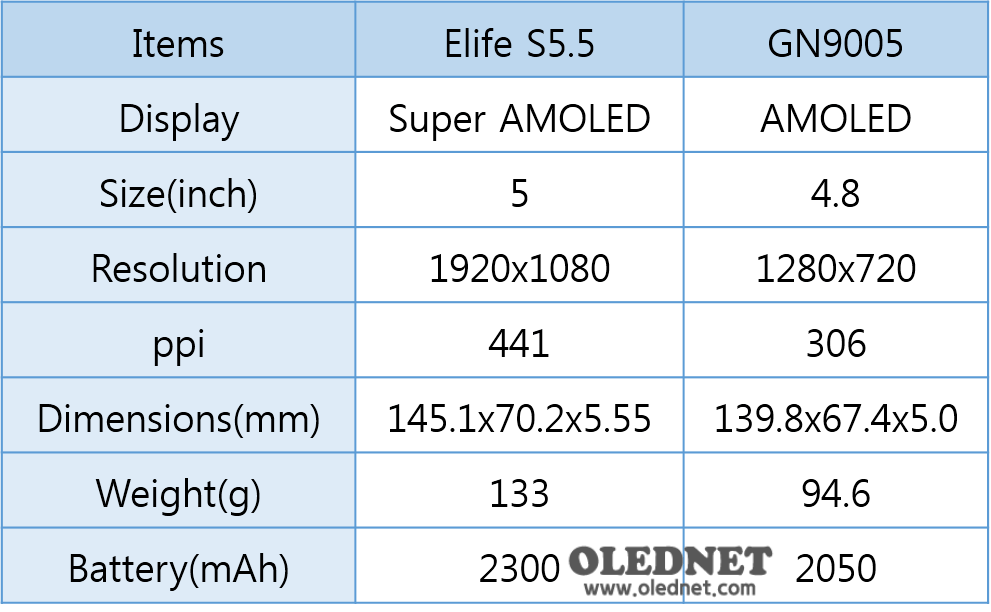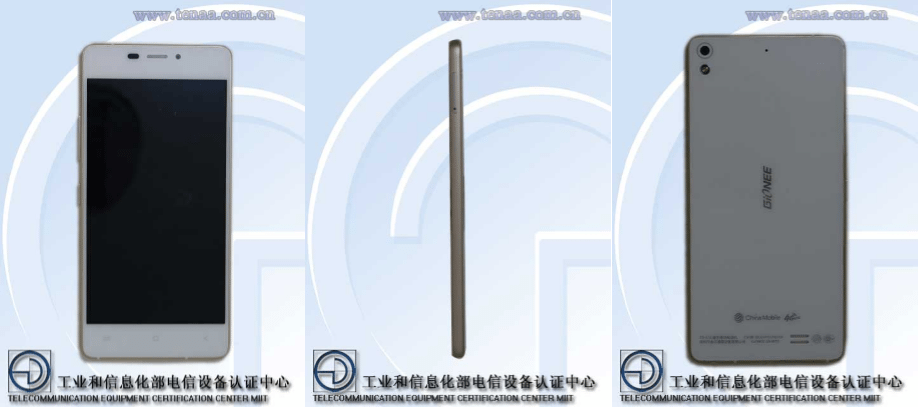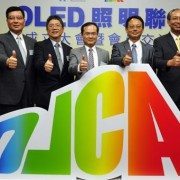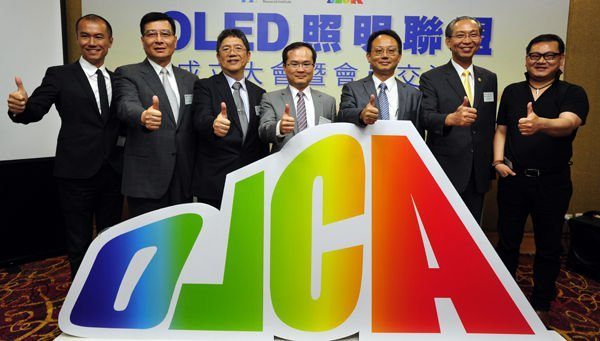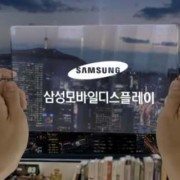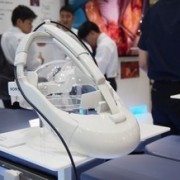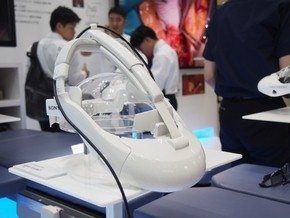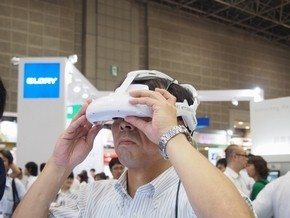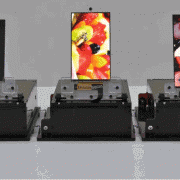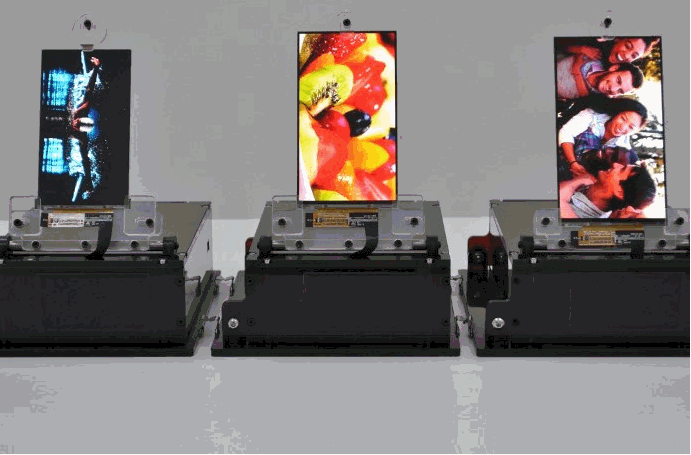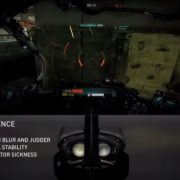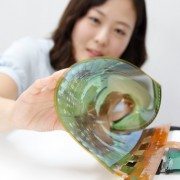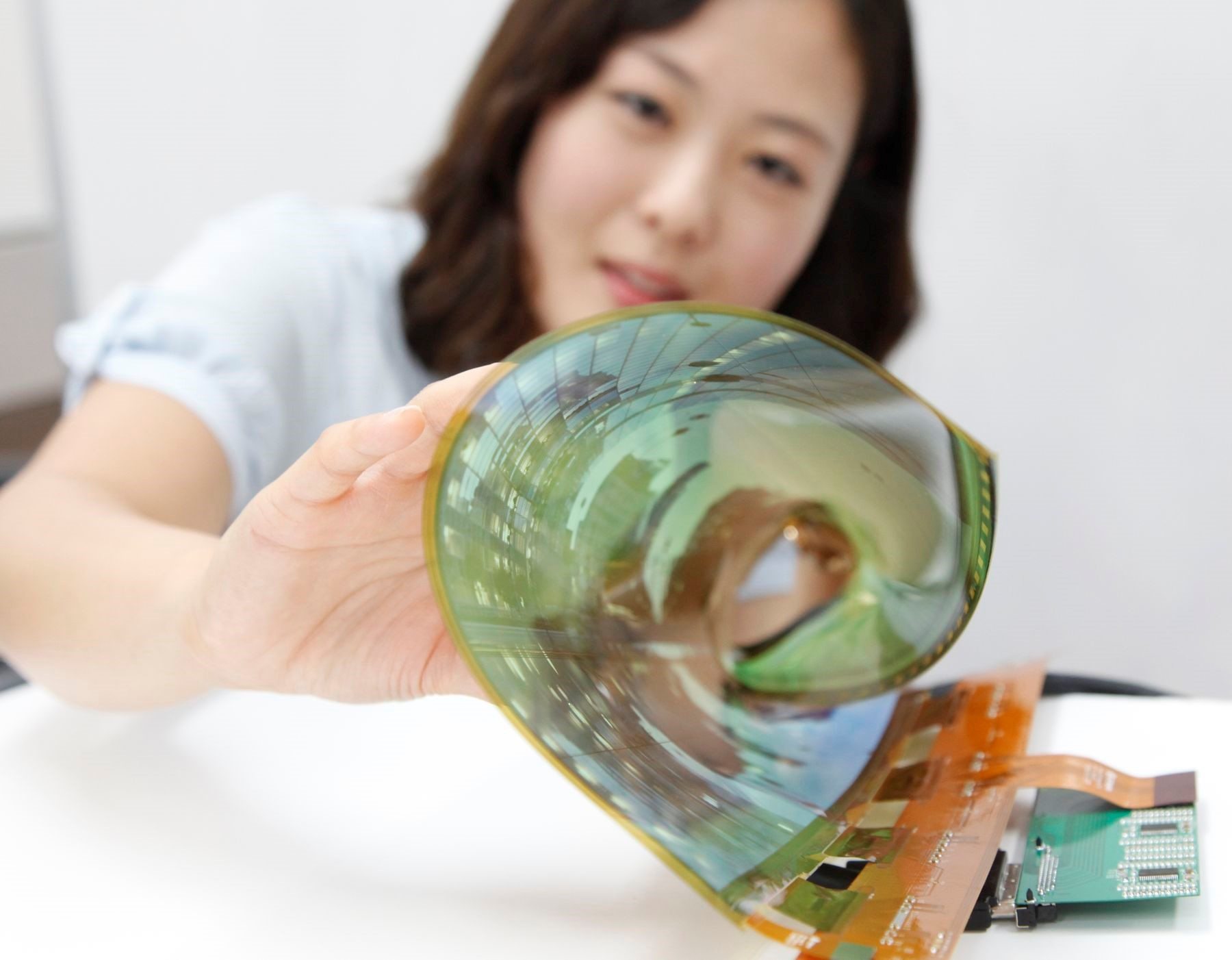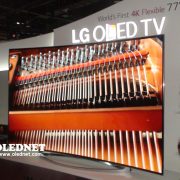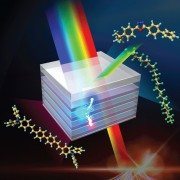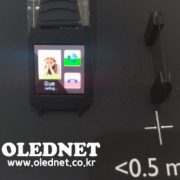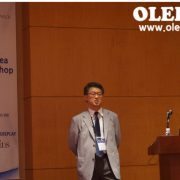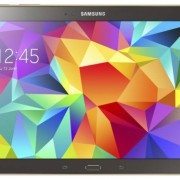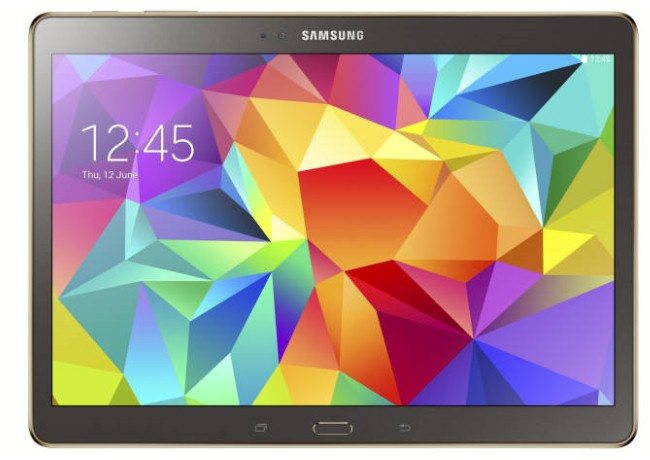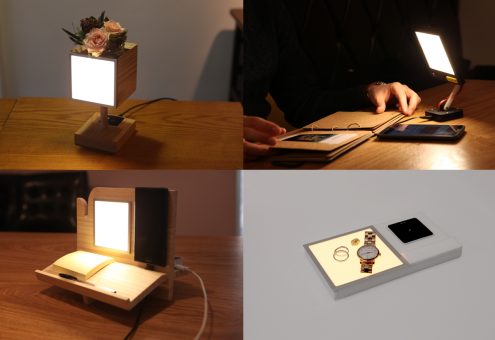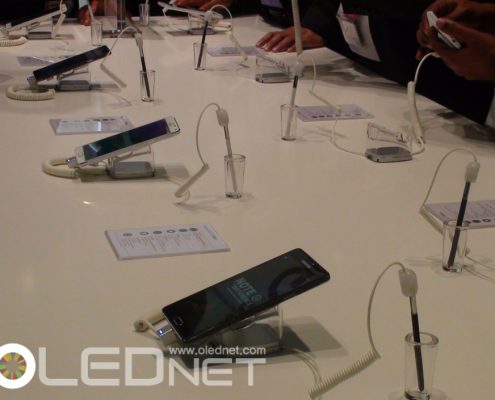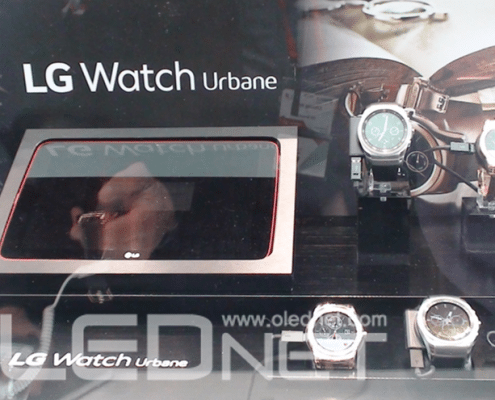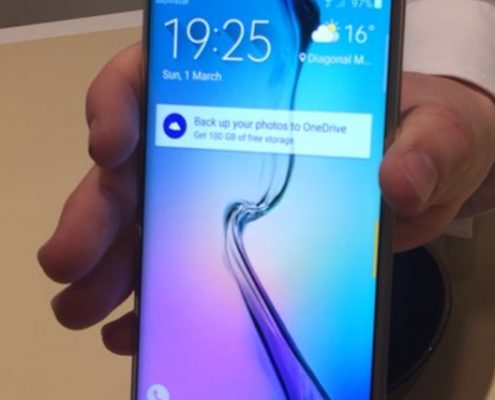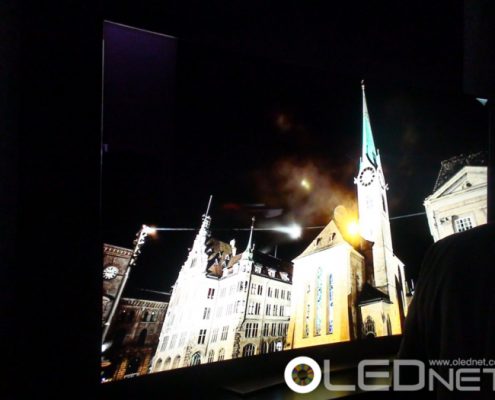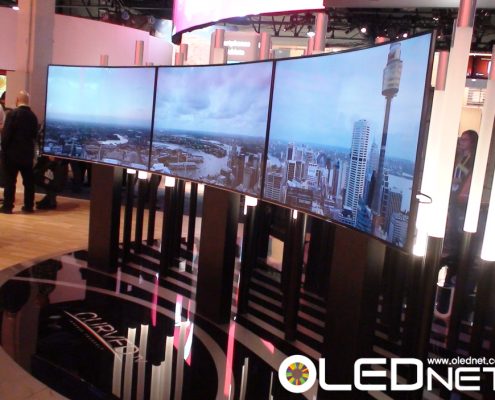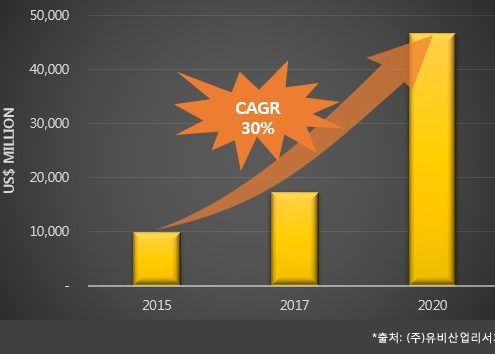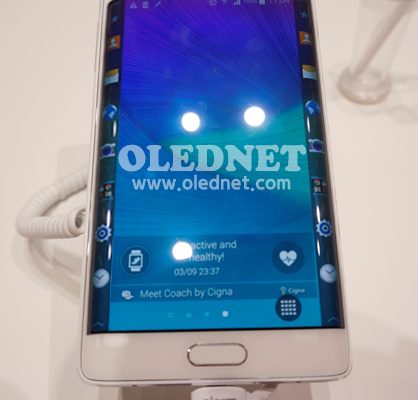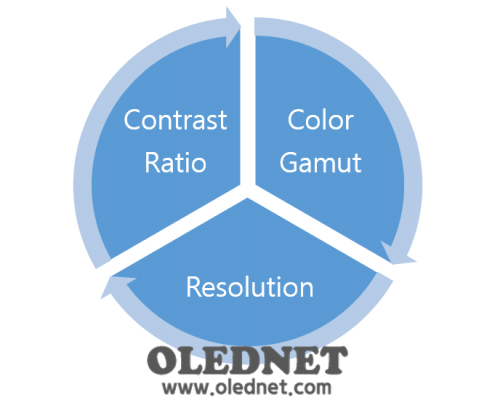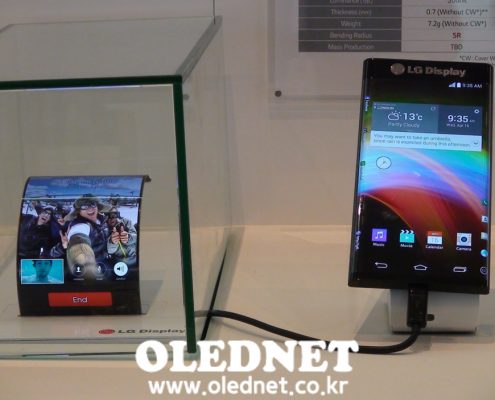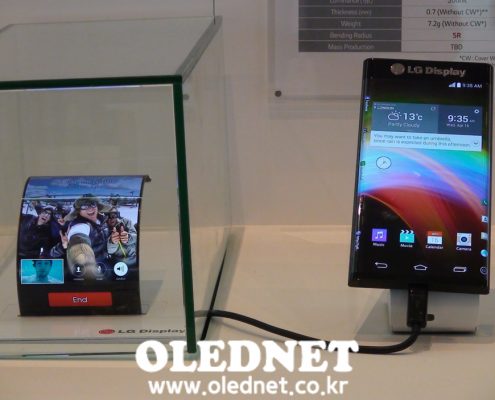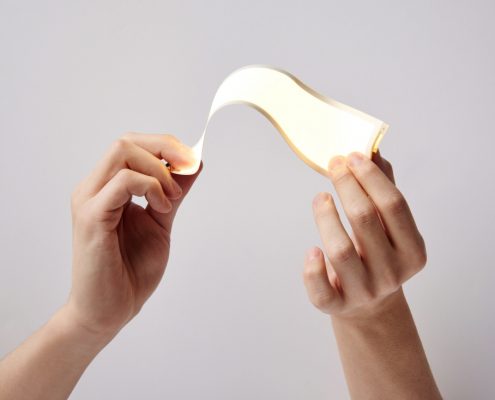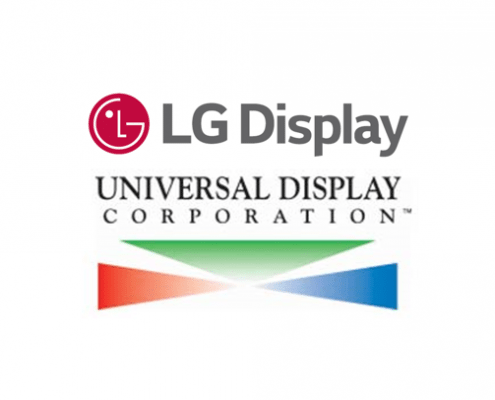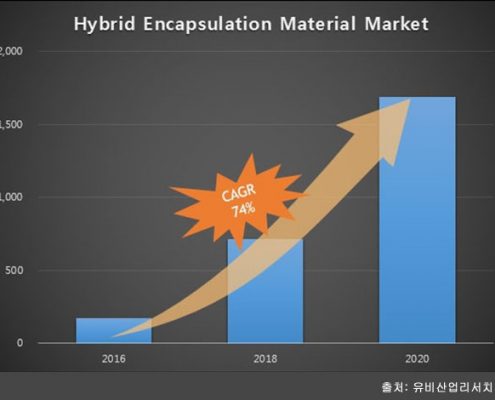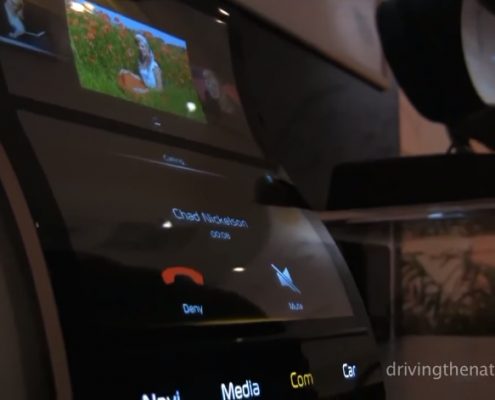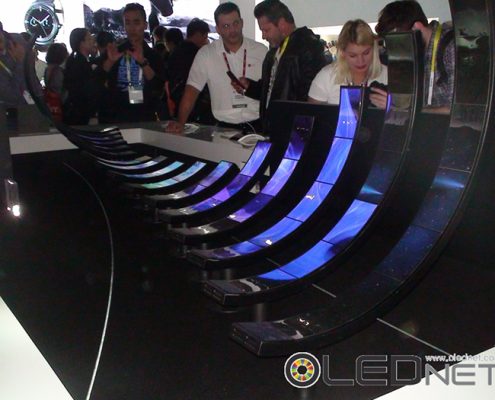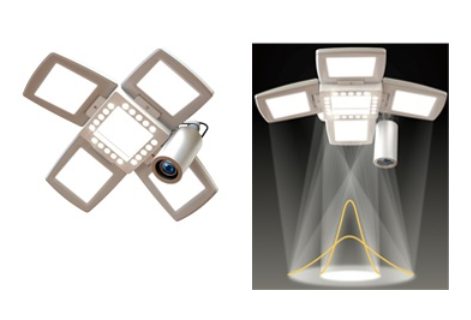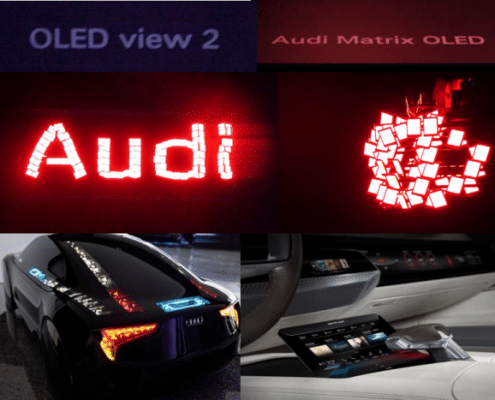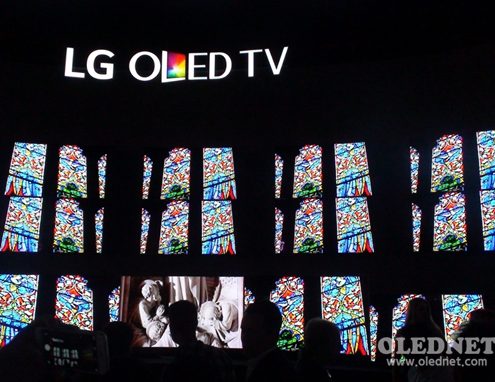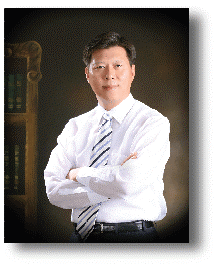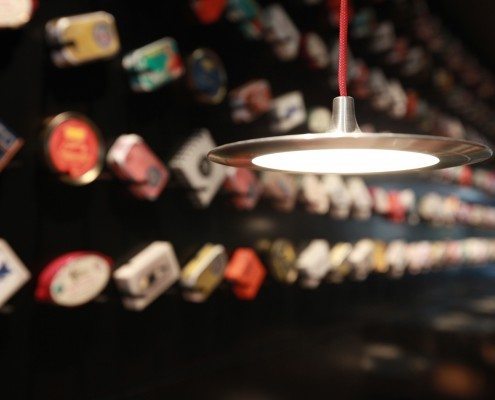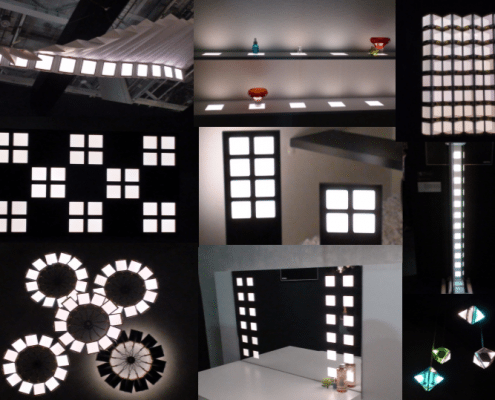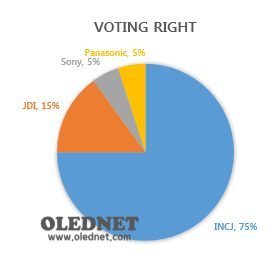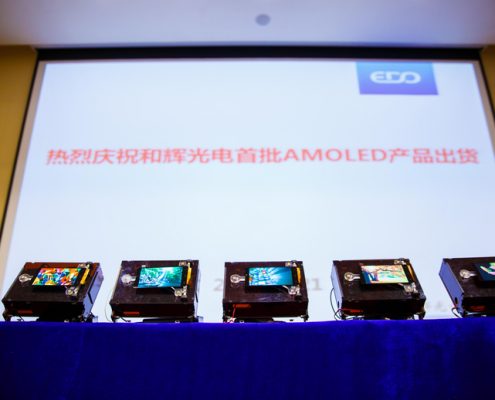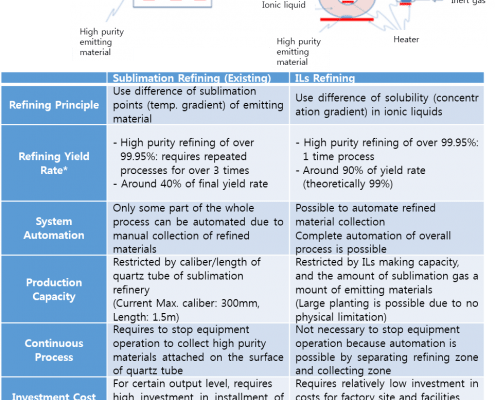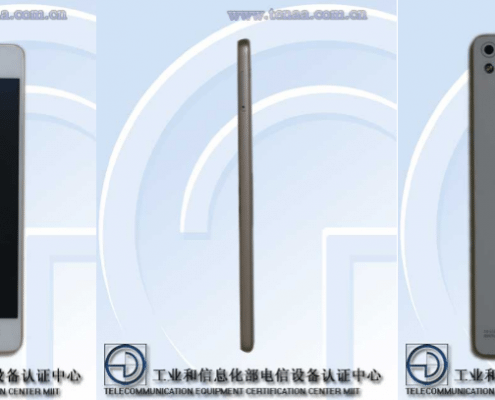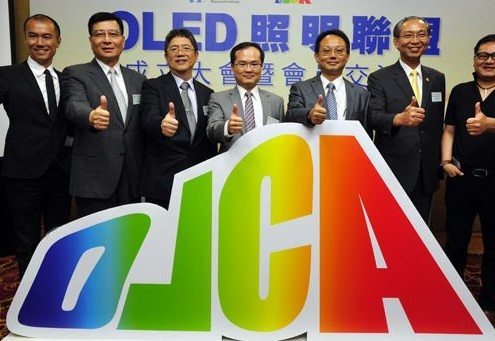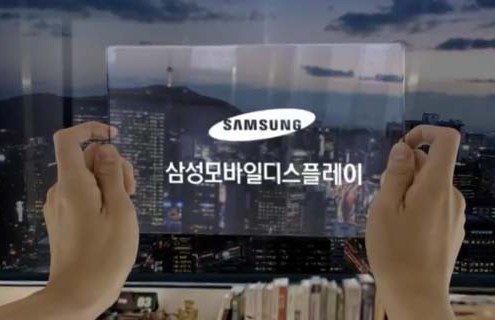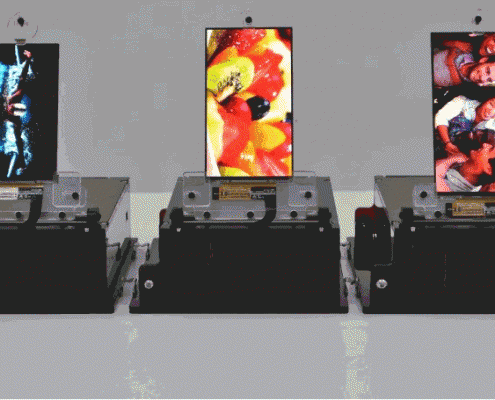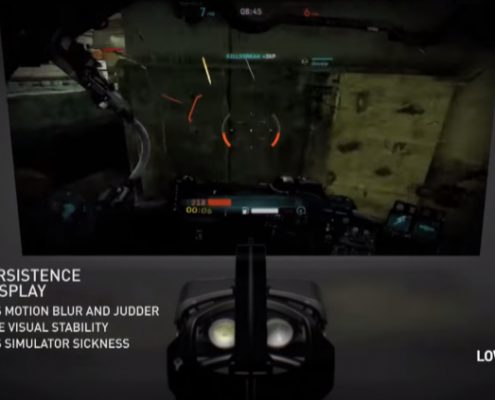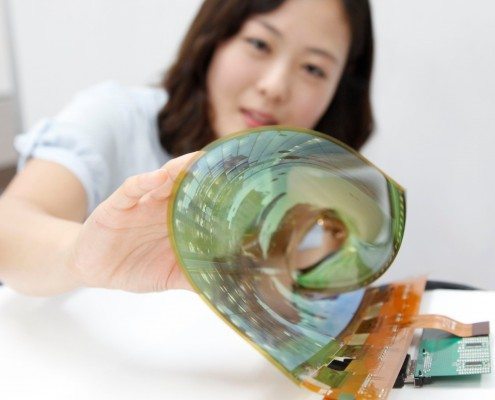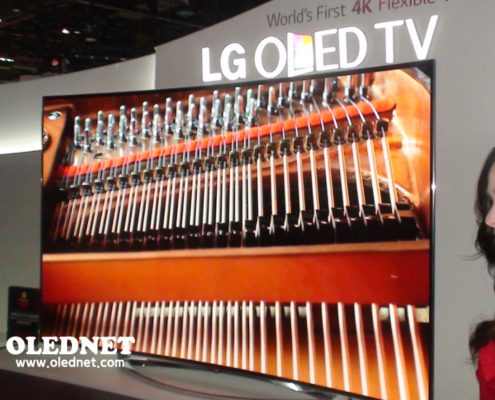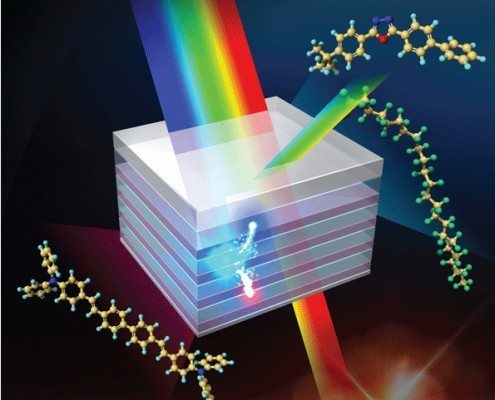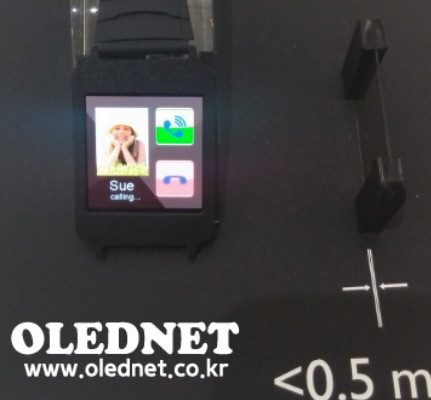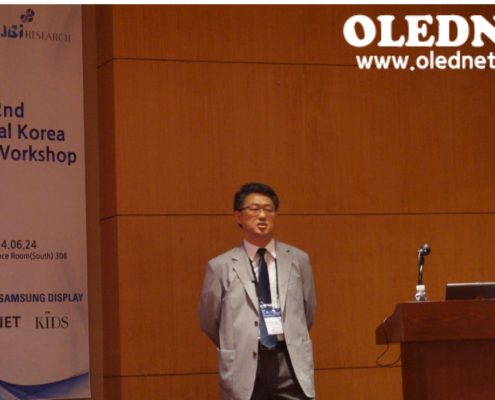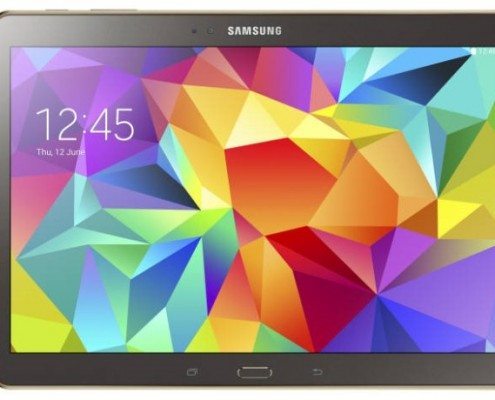LG Chem, DIY KIT Released for Average Consumers to Experience OLED Lighting
In February 2015 LG Chem released OLED DIY Kit in Korea so that average consumers can directly experience the high quality of OLED light, closest to the natural light.
OLED is a light-emitting diode formed with organic semiconductors that emit light with its characteristic color. OLED is currently being used for TV and lighting, and receiving attention as the next generation diode. Particularly, spectrum distribution of OLED lighting is closest to the sunlight and produces a sense of stability of being under the natural light. Additionally, with its high color rendering index, colors can be accurately reproduced. Unlike the existing light sources, OLED is not hot to touch, and does not hurt eyes when looked directly. With no UV rays, it is a human-friendly light. It also produces almost no blue light compared to other sources and as such it is effective in eyesight protection. It is thin, light, flexible, and has potential for infinite designs.
In order for the average consumers to experience the OLED lighting with these advantages, LG Chem prepared the OLED DIY Kit with simplest possible components and connection method. Single Kit contains one LG Chem’s 100x100mm OLED module, Double Kit contains two modules for wider choice, and DIY Kit includes an OLED panel (a bulb equivalent), switch, and wiring set linked to connectors. It has an accessible and simple structure so that the light comes on just by linking the connectors two or three times, and connecting a micro 5-pin adaptor (compatible with normal Android mobile phone charger). The panel thickness of LG Chem’s 100x100mm module is only 0.88mm so that even with the neat aluminum case the thickness is 2.2mm. If the module and switch are attached by using wood, paper, or wire, or by reforming existing products, lighting of desired shape is complete.
To showcase environmentally friendly nature of OLED lighting, LG Chem minimized using extravagant packaging material and exuberant colors, and produced a simple cardboard box. It is an ultra-energy conserving light of high energy efficiency with less than 2.5W required for Single Kit, and less than 5W for Double Kit.
Of the OLED lighting industry, LG Chem is producing the world’s best performing OLED lighting panels with largest size and best lifetime surpassing other companies such as Philips and Osram. Due to their own key material production and advanced process technology, LG Chem also has an edge in price. In order to accommodate consumers’ requests, a testing team made up with staff of LG affiliated companies was formed and generated various DIY production ideas. The final DIY Kit was produced with improvements suggested by the testing team.
In Korea, OLED DIY KIT is currently being sold on internet shopping sites such as G Market and 11St. LG Chem is planning to release the product in Japan and China from April, and rest of the world, including Europe and USA, from May.

<Example of LG Chem.’s OLED DIY KIT Use, Source : LG Chem.>

<LG Chem.’s DIY Kit Components and Connection Method, Source : LG Chem.>
